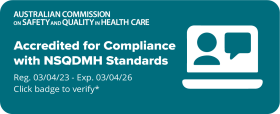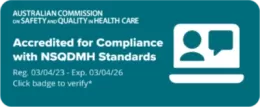Issue: A regional news publication ran a story about a suicide attempt that detailed both suicide method and location. The attempt took place at a prominent public place so we were concerned about the potential for copycat deaths by vulnerable readers who may be at risk of suicide.
Result: StigmaWatch contacted the news publication in question and requested they delete the story from the website. We provided evidence-based research showing that reporting explicit detail about method and location has been linked to increases in both use of that method and overall suicide rates. The news editor was happy to remove the story and provided the following feedback: “Thanks for your message and the great work you do in supporting media organisations. This particular story has been removed from our website. Can I also thank you for providing the educational links to Mindframe’s suicide reporting guidelines? It’s a great reminder to share this information with all the reporters in our newsroom.”
Why it mattered: Numerous studies have shown that publishing descriptions or images of methods and locations used for suicide and self-harm have been directly linked to an increase in suicide attempts, self-harm and overall suicide rates. In the instance that it is important to refer to a location when reporting a suicide death, it should be described in general terms only, instead of detailing the precise location. By disclosing exact locations, there is a risk of these places becoming hotspots for those in crisis contemplating suicide.








